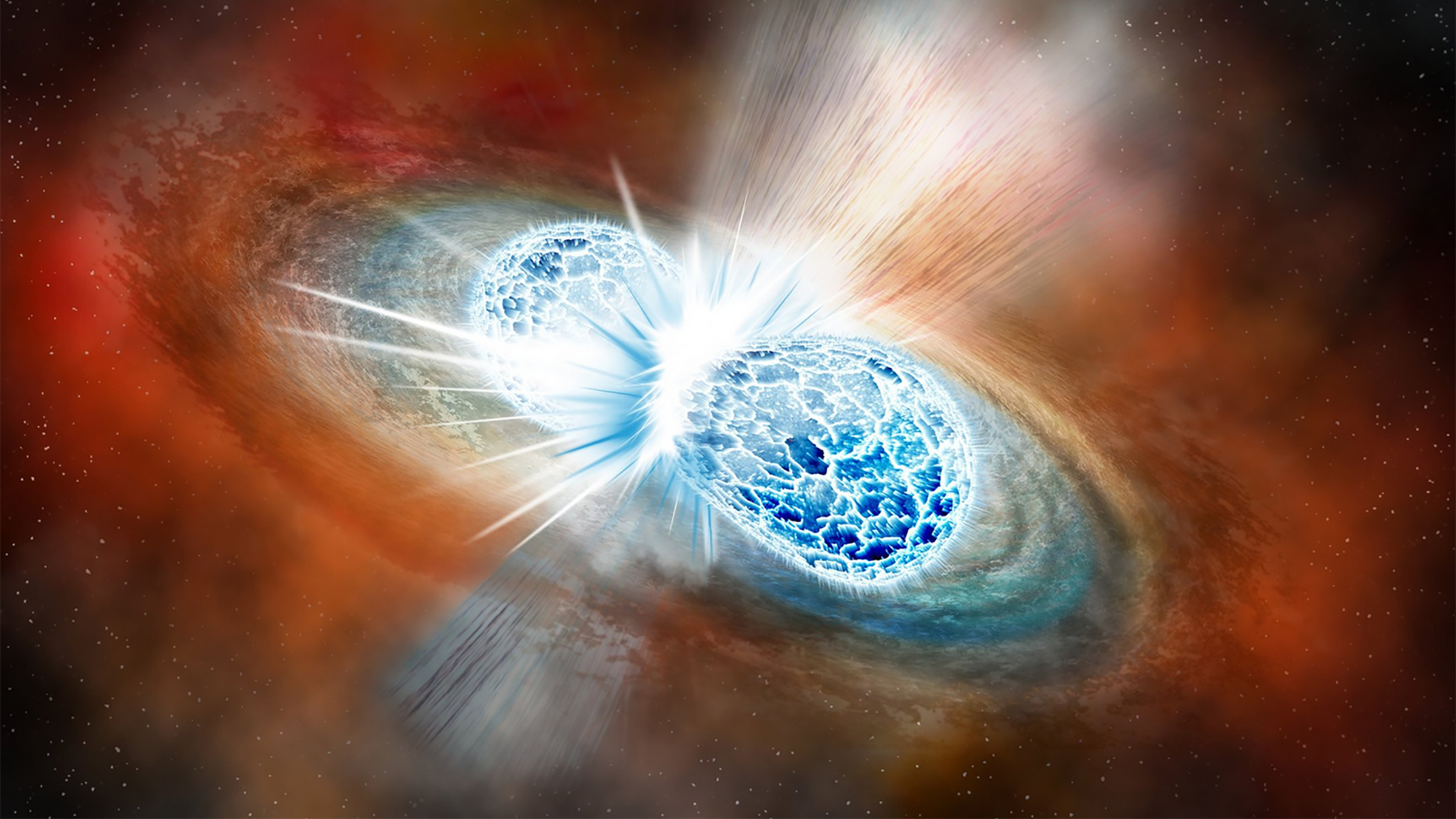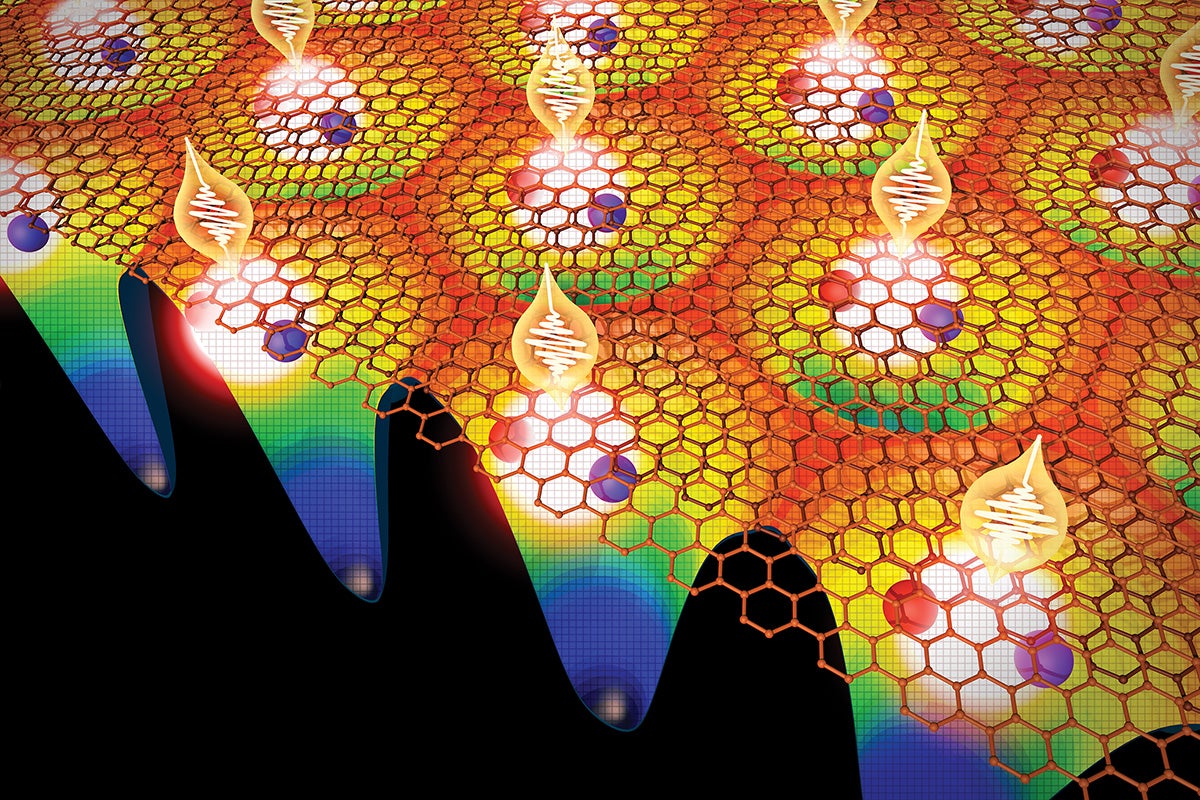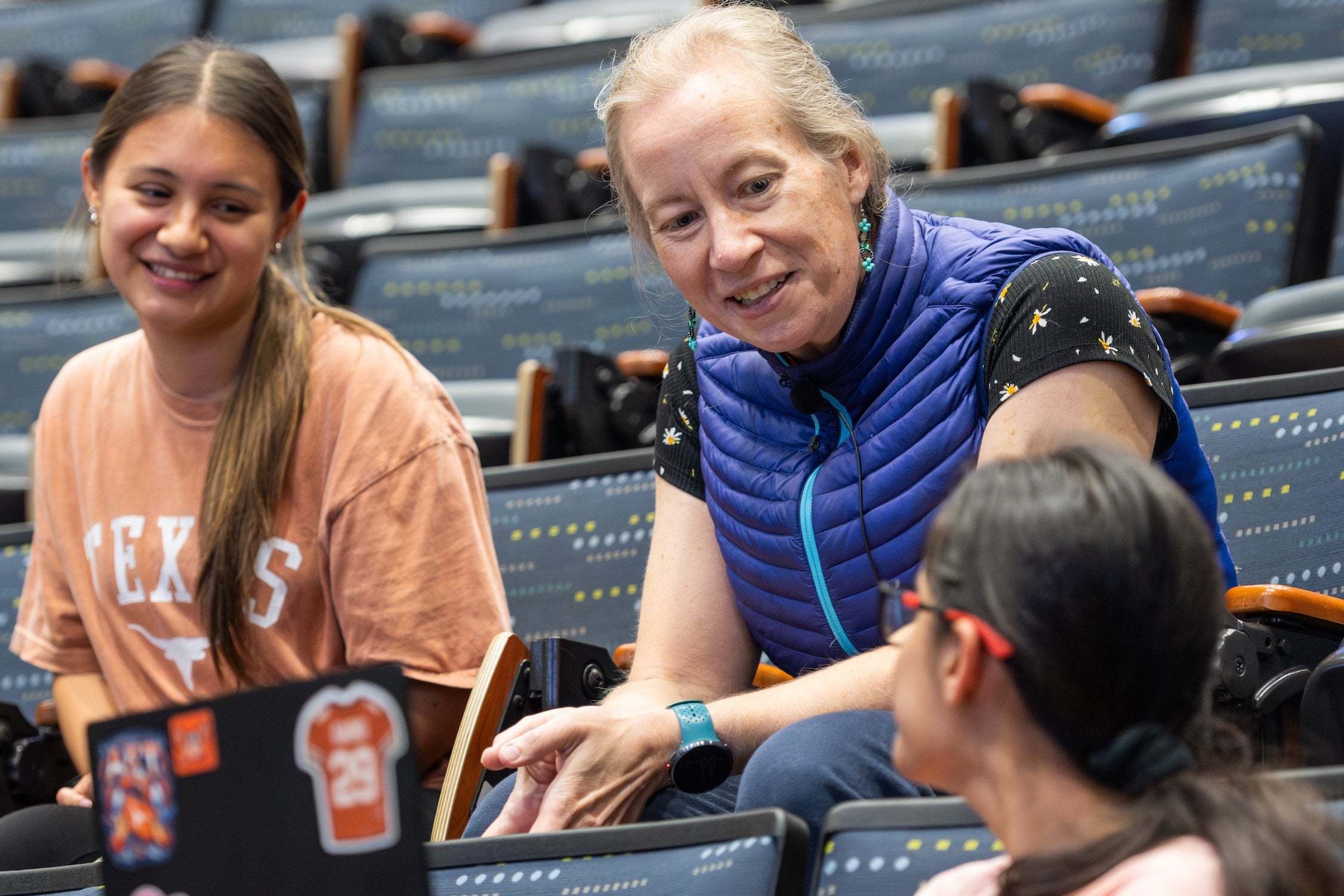Eyewitness to a Cosmic Car Wreck
What is the sound of two neutron stars colliding over 1 billion light years away?

Astronomers have long been able to watch the universe's blockbuster special effects unfold in dazzling 3D Technicolor. But until now, it's been like watching a silent movie. Today that all changes. Scientists announced this morning that they have for the first time ever detected both light and gravitational waves from a massive explosion in space caused by the collision of two super-dense neutron stars. On today's show, we talk to astrophysicist Pawan Kumar about what this breakthrough means for his field.
TRANSCRIPT
MA: If you gaze out beyond our solar system -- into the infinite blackness of space – at first, it can seem cold, dark and -- apart from some gently twinkling stars – pretty mellow.
MA: But sometimes astronomers are lucky enough to encounter something spectacular — two unimaginably dense objects – perhaps black holes or collapsed stars, called neutron stars -- spiral closer and closer and closer – UNTIL …
MA: Were you expecting something more impressive? Maybe more like this?
MA: That little chirp you first heard …
MA: … might not sound like much, but it is actually one of the biggest scientific discoveries in decades. That was the sound of two black holes colliding over 1 billion light years away. About a year and a half ago, an international collaboration called LIGO announced the discovery, which has since led to three scientists being awarded the Nobel Prize. In February 2016, David Reitze, the University of Texas at Austin alumnus who heads LIGO, got to tell the world:
Reitze: Ladies and gentlemen, we have detected gravitational waves. We did it! [applause]
MA: When very massive objects in space – such as black holes or neutron stars -- smash into each other, they send waves through the fabric of space. Gravitational waves are like the ripples on a pond that you make when you toss a stone in. They were predicted more than a century ago by Albert Einstein. Detecting them gives astronomers and physicists a whole new way of interacting with and learning from the cosmos. Again, David Reitze …
Reitze: If you think about what we know about the universe from a physicist's standpoint, we have big colliders that collide subatomic particles, we have telescopes that look at optical signals …. Now gravitational waves are fundamentally different -- they are a new sector with which to the look at the universe – and they can tell us things about the universe that no other sector can.
MA: Since the first announcement, three more gravitational wave detections have been announced – and each time, they involved a black hole colliding with a black hole. As exciting as those discoveries are, University of Texas at Austin astrophysicist Pawan Kumar has been patiently waiting for gravitational waves from an entirely different type of collision – one involving super-dense collapsed stars, called neutron stars.
PK: They really are the biggest explosions that we know of in the universe …
MA: When neutron stars smash into each other they release a jet of matter and a burst of high-energy particles of light called gamma rays. These gamma ray bursts last less than two seconds and yet they pump out as much energy as our sun in its whole lifetime. In those few seconds, the bursts can shine brighter than all the stars in the universe put together.
PK: This process of collision is a very messy thing – I mean -- it's a very violent process. And we don't really understand … how the neutron star is shredded. How does it produce a jet of energy – a jet of maybe ordinary matter and gamma ray energy. How is that produced?
MA: Astronomers believe that those milliseconds-long events produce many of the heaviest elements in the universe. But how much of the energy of a neutron star collision is carried away by the gamma rays and how much gets converted into heavy elements like mercury, gold and platinum?
PK: So there are big questions that we have been struggling to understand for several decades.
MA: The problem is, astronomers usually only see the flash of gamma rays AFTER neutron stars collide. It's like walking into a movie half-way through and not knowing exactly what happened in the first half. Or, as Kumar says, it's like coming upon the scene of a car wreck and not having any videos or eyewitnesses to tell what happened.
PK: Well everything has happened collision-wise and you're looking at the debris and you're trying to piece together how the collision took place and what really happened at the moment of the collision.
MA: For Kumar, detecting gravitational waves from a neutron star collision might actually reveal what happens in the moments BEFORE the collision as well as DURING the collision -- like having video footage of a car wreck before and during impact.
PK: So then we will be able to piece together and have a more complete picture of what happened in these collisions. So that's very exciting.
MA: Kumar's wait might finally be over. Over the past couple of months, rumors have been swirling in the science press that LIGO and a new European gravitational wave observatory called VIRGO – have detected the collision of a neutron star with either another neutron star or a black hole.
PK: And that's the signal that I am waiting for -- we are waiting for -- to shed the light, provide that missing clue and piece of information to be able to make that advance.
MA: LIGO and VIRGO are holding a press conference today to make an announcement, and it is possible, by the time you hear this, the world will know definitively whether or not there has been a detection of gravitational waves from a neutron star collision. If telescopes also captured visible light or other electromagnetic signals from the same event – exactly what is going on in these mysterious collisions might finally come into focus. When I spoke to Kumar a couple of weeks before this latest announcement, he couldn't confirm or deny what might be announced. But he was very optimistic.
PK: We are going to have many more discoveries -- soon. And by soon, I mean certainly within a year, maybe much shorter time – and it will be exciting discoveries. ... I'll say -- stay tuned.
MA: Whenever it happens, the detection of a neutron star colliding with another neutron star or a black hole would also mark the first time that gravitational wave astronomy and traditional astronomy were used to observe the SAME event in the universe. That's remarkable. This ability to observe events in more than one way – with both light and with gravity -- could lead to many other exciting discoveries that we can't even predict.
MA: Point of Discovery is a production of the University of Texas at Austin's College of Natural Sciences. We're on the web at pointofdiscovery.org. Christine Sinatra is our senior editor. Special thanks to Sara Lentz for providing audio from a 2016 interview with David Reitze. I'm your host and producer, Marc Airhart. Thanks for listening!



